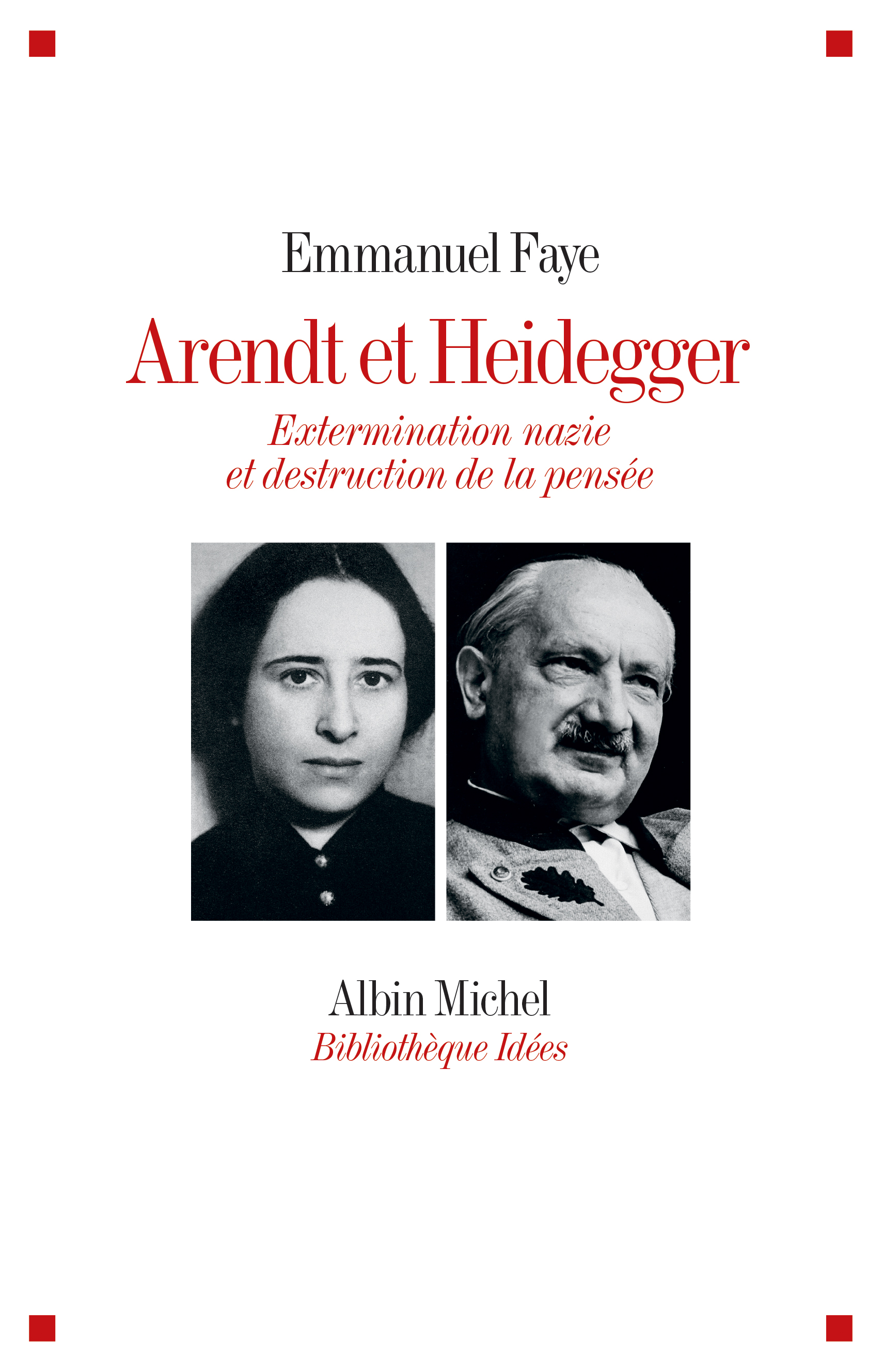 Phenomenology of Plurality: Hannah Arendt on Political Intersubjectivity
Phenomenology of Plurality: Hannah Arendt on Political Intersubjectivity
Routledge
2017
Hardback £110.00
290
 Phenomenology of Plurality: Hannah Arendt on Political Intersubjectivity
Phenomenology of Plurality: Hannah Arendt on Political Intersubjectivity
 Arendt et Heidegger. Extermination nazie et destruction de la pensée
Arendt et Heidegger. Extermination nazie et destruction de la pensée